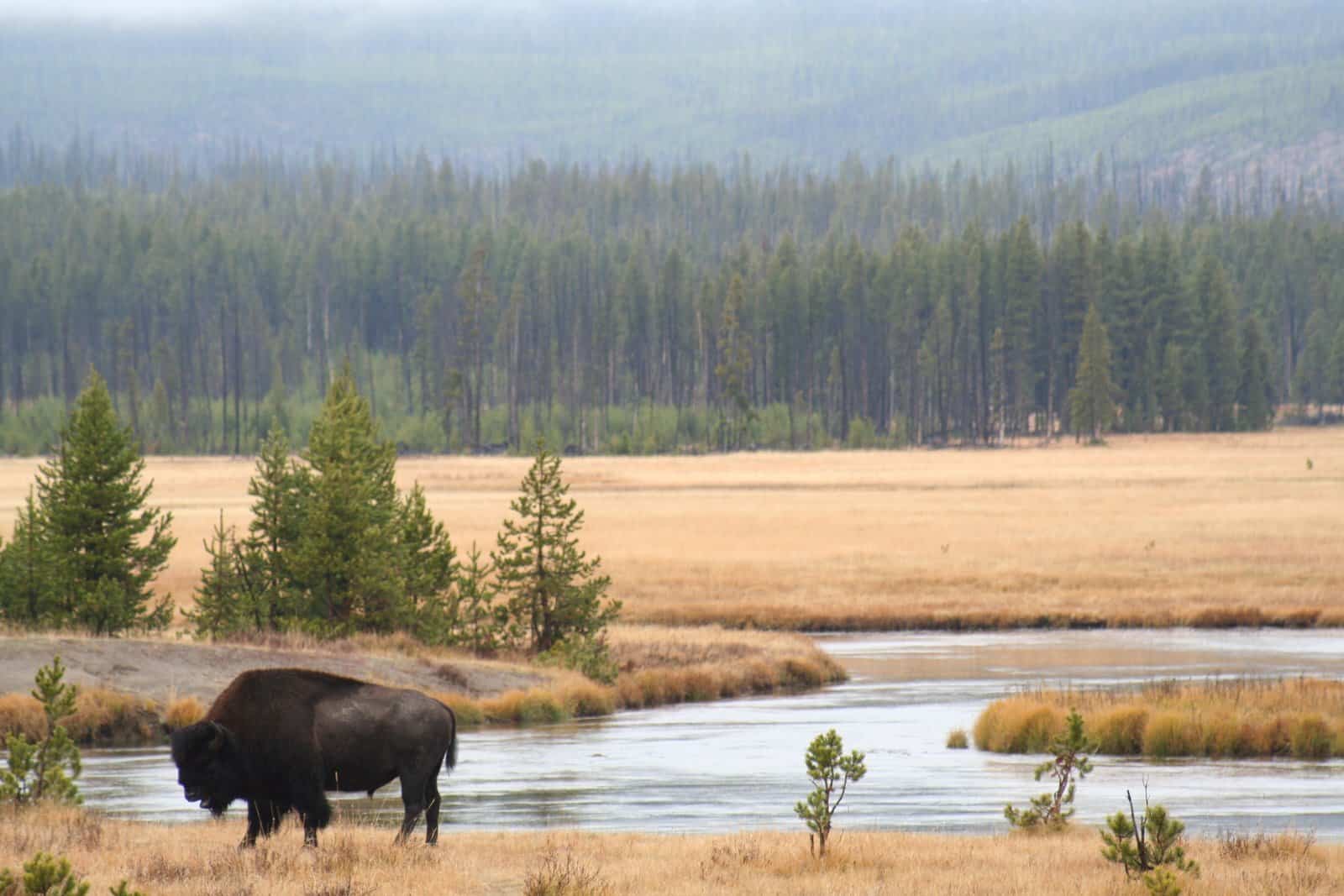Share this article
Mercury and agriculture skew snapping turtle sex ratios
When snapping turtles (Chelydra serpentine) nest on agricultural land with high mercury pollution, their sex ratios are skewed to more males than females, according to new research.
Like many other turtle species, snapping turtles sex is determined by temperature during early development, with warmer temperatures producing more females and cooler temperatures producing more males. That’s drawn attention to sea turtles, which are producing more females in warming waters. Among some snapping turtle populations, researchers found, the opposite effect is occurring.
When snapping turtles are drawn to open agricultural fields as nesting habitat, crops provide a cooling and shading effect over the nests, said Bill Hopkins, a professor of wildlife conservation and director of the Global Change Center at Virginia Tech and an author on the recent study published in Biological Conservation. Hopkins and his team wanted to test whether these cool temperatures affected the turtles’ sex.
“Turtles are attracted to these places to nest and perceive them as optimal habitat,” Hopkins said. “These sites may be ecological or evolutionary traps for animals. They’re attracted to cues that might actually be to their detriment.”
To test the effects of not only agricultural land as habitat but also of mercury pollution on the turtles, the team conducted two different experiments. In the first field experiment, the team spent a year conducting surveys to determine where the snapping turtles naturally nest along the South River in Virginia. After confirming the turtles nested at a high frequency in agricultural fields, the team approached a landowner and used part of his crop fields to perform their experiment. In some areas, they let the corn grow where it normally would and in others they removed the corn to create open plots. Then, they inserted artificial nests, some with eggs that were laid by mothers that passed on mercury and others without mercury. They added data loggers to monitor temperature.
In a second experiment, the team took to the lab. “We wanted to pinpoint the mechanisms of sex ratio changes observed in the field and make sure there weren’t other factors affecting development like soil moisture,” Hopkins said. In the lab, they used high-resolution thermal profile incubators to mimic the field experiment. “We did it at the same time, and what we were able to confirm were the effects were indeed caused by temperature changes.”
Both experiments proved that not only did temperature in agricultural fields affect the sex of snapping turtles, but mercury pollution exacerbated these effects — both factors resulted in more males than females. “These are pretty big findings,” he said, noting the widespread appearance of mercury throughout the world. “The fact that two very common global changes interact with one another to cause this sort of unexpected outcome is a major advancement.”
Hopkins suggested there might be implications for other species whose sex is determined by temperature, but he strongly cautioned against concluding that it might balance out other factors such as climate change that are predicted to skew sex ratios toward more females.
“The take-home is that we’re altering the planet in ways that have these unanticipated consequences for wildlife,” he said. “And as our work shows these two very different types of human induced changes to the landscape can interact with each other and make each other worse.”
Header Image: A recently hatched snapping turtle is surrounded by rocks in Virginia’s South River. Researchers found mercury pollution and agricultural land can skew sex ratios in favor of more males. ©Brittney Coe








